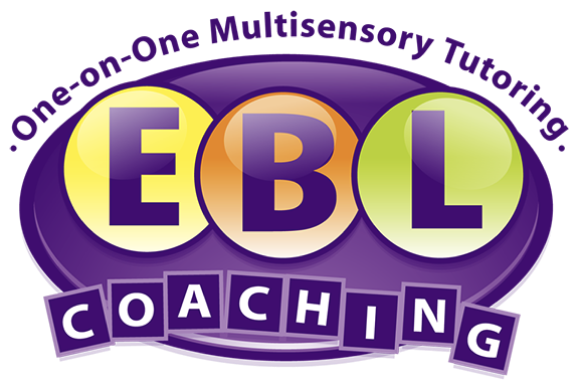
How to Take Effective Class Notes
By Emily Levy, founder & director of EBL Coaching
Taking effective notes can be a challenging task for almost all students. They must listen to their instructor, process the information, and organize their notes on paper, while remembering to include the key details. Even the most gifted of students can feel overwhelmed by this process. Learning strategies for organizing information that they both hear and read can help students excel academically.
Where should students begin? For starters, it is important to learn how to jot down information quickly. This skill is especially important in class, when teachers often speak at a rapid pace and relay an incredibly large quantity of information that students must comprehend and jot down. Students often hear dates, names, numbers, and key facts, and try desperately to capture every bit of information into their notes. Learning shorthand strategies can help students combat this I-must-get-it-all-down syndrome. Students should try to integrate the following tricks for including abbreviations, symbols, and contractions into their notes:
Symbols
Using symbols helps students save time when taking notes. Symbols are quick to write and take up less space than the much longer words they represent. Some examples of symbols include: percentage (%), question (?), number (#), and money ($). For practice, have students come up with symbols for the following words: and, equals, question, star, and square. You can then dictate mock sentences including these words and have the student write each sentence using abbreviations. For example, you might dictate the sentence, “Sam has a question about problem number three and would like an answer!” The student might write, “Sam has a ? about problem #3 & would like an answer!”
Abbreviations
Abbreviations, or shortened versions of longer words, help students break down words into smaller chunks of letters. Some examples of abbreviations include: Thursday (Thurs), pages (pgs), people (ppl), and school (schl). Students can feel free to make up their own abbreviations – there are no set rules for abbreviating most words! For example, he or she can choose to abbreviate because as bcs, maybe as mbe, or assignment as asgmt. Students can be as creative as they’d like, so long as they remember what the abbreviations stand for. For practice, have students come up with abbreviations for the following words: Friday, notes, problem, class, and lesson. Then dictate sentences integrating these abbreviations for extra reinforcement.
Contractions
Contractions save students time by combining two words into one shorter, more compact word. Some examples of contractions include: wouldn’t (stands for would not), she’s (stands for she is), and hasn’t (stands for has not). Have students come up with contractions for the following words: she is, is not, it is, and we are. For a bonus practice session, dictate sentences containing symbols, abbreviations, and contractions. Your students will be writing shorthand in no time! Read more at 4 Tips To Help Your Child Become More Organized At School – EBL Coaching.
The Notes
Once students have mastered shorthand techniques, they must learn how to integrate these symbols, contractions, and abbreviations into well-organized notes. There are many different styles of notes, but one of the most effective strategies that helps students “chunk” information into well-organized diagrams is Column-Style Note Taking.
Column-Style Note Taking helps students structure information that they read or hear into two different columns. The left column should be drawn 1/3 from the left side of the page, and the right column should be 2/3 from the right side of the page. The student should label the left column “Main Ideas” and the right column “Notes.” He or she should pre-prepare 3-4 pages of notes (depending on what grade the student is in and how complex the lecture is) using this column-style set-up.
In class, when the teacher begins speaking, the only place on the page where the student should take notes is on the right side, under the “Notes” column. During class, nothing should be written under the “Main Ideas” column on the left. When the student comes home from school, he or she should re-read the notes and group different sections of the lecture into specific main ideas. For example, if the entire lecture was on World War I, the first part may have been about causes of World War I. Thus, the student would write “Causes of World War I” on the left side of the page, under the “Main Ideas” column, next to the information corresponding to that section of the notes. The student would move through all of his or her notes in that manner, categorizing the notes into different main ideas. A sample of this style of note-taking might be as follows:
Column-Style Note Taking encourages students to look back at their notes at the end of the school day to ensure that they understood all of the information from the lecture, and that there were no information gaps. If there are any holes in the notes, students can either ask their teacher or a friend for the missing information, or research that information in their textbooks. Column- Style Note Taking is a very comprehensive strategy for taking notes and preparing well for upcoming exams. Read more at Study Strategies for your ADHD Child – EBL Coaching.
The process of listening in class and taking well-written notes can be an anxiety-filled activity. Students will be required to take more and more complex notes as they progress through school. Learning these techniques for shorthand and note taking can ease this process and help students develop confidence in their own classroom abilities.
Other Related Blogs:
